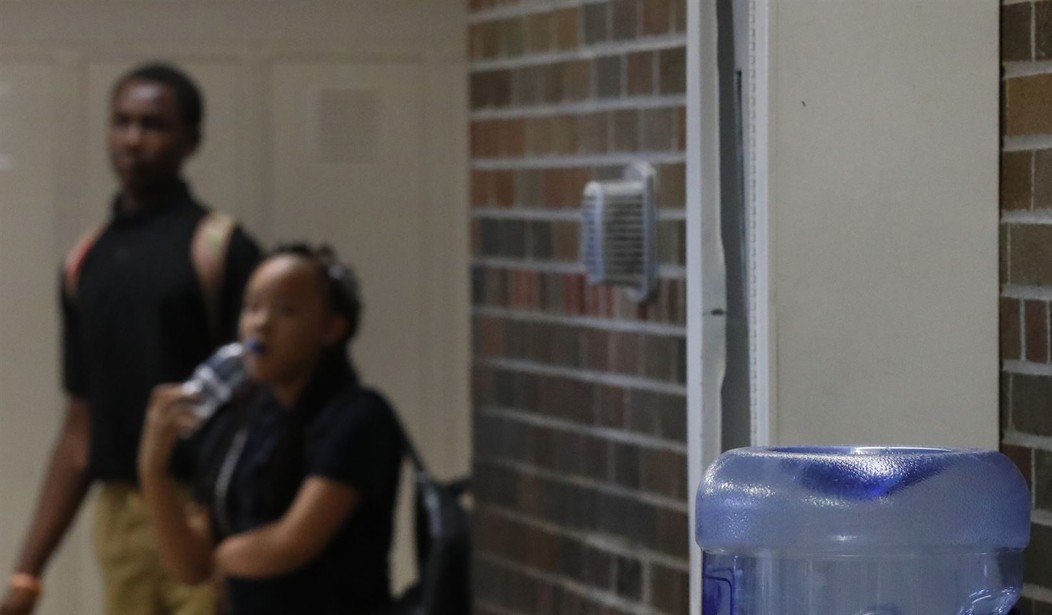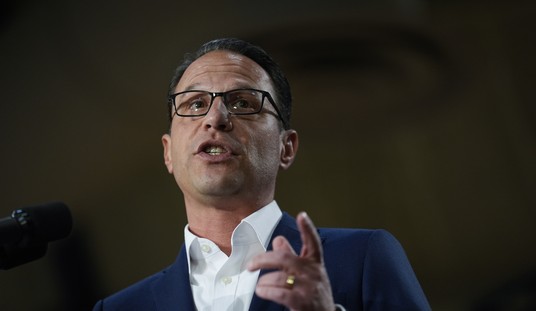Summer is winding down, and while students and teachers may be ready to resume classroom sessions, the school buildings themselves may not be prepared.
And it has nothing to do with COVID.
Throughout the country, schools are suffering from aging infrastructure, especially when it comes to water pipelines. Cities like Flint, Michigan, and Newark, New Jersey, are well aware that lead made their drinking water toxic. But this problem isn’t limited to those two cities.
A recent study conducted by the Pittsburgh-based health advocacy nonprofit Women for a Healthy Environment found 91 percent of Pennsylvania schools that tested their drinking water detected lead. No amount of lead is safe for children to consume. Lead leads to developmental issues including learning disabilities and behavioral problems. Despite detecting the lead, only 9 percent of schools took steps to eliminate the lead from their tap water lines.
Similarly, a study conducted by the North Carolina Division for Public Health found nearly one in 10 of the state’s child care centers and schools had unsafe levels of lead meaning as many as 20,000 children were exposed to unsafe levels. For that study, only tests exceeding lead measurements of 15 parts per million or more were included, but as noted, no level of lead exposure is safe for children.
Recommended
In California, nearly one in five schools had at least one drinking fixture that was contaminated with lead. In Washington D.C., three separate elementary schools had elevated lead levels.
While it could be easy to judge these schools, at least they took the steps to identify the problem. The same cannot be said for every state.
In Massachusetts, testing the water for lead is not required in schools. Any testing done is voluntary. One report from the Harvard School of Public Health found only 511 schools, roughly one-third, voluntarily tested the water. Of those, 248 detected high levels of lead. More than half of the 248 schools that detected lead did not report to the state their plans to fix the lead problem. Because, again, this was all voluntary.
When a school does detect lead in its drinking water and decides it cares enough about the students to do something, there are two options: replace the pipes or shut off the fountains. One option is clearly cheaper than the other.
As for the expensive option, there is money set aside in the pending federal infrastructure bill to replace lead pipes throughout the country. This will cost an estimated $55 billion. The current legislation, however, has not been signed into law. If it is, it will take time for the money to be distributed and for the pipeline replacements to take place.
The cheap option -- turning off the drinking fountains -- will work, but kids still need to have water throughout the day. Pediatricians recommend an 8-year-old consume two liters per day.
Students must be allowed access to purified water in schools. That can take place in many ways. Families can send students with bottled water or schools can choose to distribute it themselves. But doing nothing and ignoring the problem until infrastructure funding is available is not an option.
Madison Dibble is a research associate for the Center for Accountability in Science.

























Join the conversation as a VIP Member